
|

$220 SAVE $130 = 37.0% Western Digital 16.0TB Western Digital Ultrastar DC HC550 3.5-in… in Storage: Hard Drives
|

|

|

|

|
Zeiss Fills Out the Milvus DSLR Lens Lineup with the 21/2.8, 35/2, 50/2M, 100/2M
Related: depth of field, diffraction, digital sensor, distortion, Eastern Sierra, external articles by Lloyd, field curvature, focusing, How-To, Inyo National Forest, Lundy Canyon area, optics, Patriarch Grove, peak bagging, vignetting, White Mountains, wide angle, Zeiss, ZEISS Lenspire, Zeiss Milvus, Zeiss Milvus 100mm f/2M, Zeiss Milvus 21mm f/2.8, Zeiss Milvus 35mm f/2, Zeiss Milvus 50mm f/2M
See best Zeiss lenses wish list and Nikon wish list and Canon wish list at B&H Photo.
Search this site for: Zeiss Otus, Zeiss Milvus, Zeiss Loxia, Zeiss Batis
The Zeiss Milvus lineup debuted with the all-new optical designs for The Milvus f/1.4 50mm and 85mm, covered in Zeiss Milvus 50mm f/1.4 and 85mm f/1.4 Anchor a Gorgeous New Lens Line. Completing the Milvus lineup for year 2015, the Milvus 21/2.8 and 35/2 wide angles and the 50/2M and 100/2M macro lenses join the group. The remaining Zeiss offerings for Canon and Nikon remain unchanged as of early 2016: 15/2.8, 18/3.5, 25/2, 25/2.8, 35/1.4, 135/2 APO.
The Zeiss Milvus 50/1.4 and 85/1.4 are all-new optical designs whereas the Milvus 21/2.8, 35/2, 50/2M and 100/2M migrate the existing ZF.2/ZE optical designs into the new Milvus barrel design, for a consistent aesthetic and operational experience across the line. Some lens coatings improvements are also made.
The Milvus physical design is lovely. The curved and smooth-frosted anodized surface is appealing to the eye and hands—quality in its own class, beyond any other brand on the market. The engraved markings with white paint makes seeing the markings in dim light easier (most lenses today print-on markings over plastic, and can rub off over time). The lens hoods fit so precisely that they look built-in. Even the lens caps are excellent. The Milvus line is built to last.
The Milvus line is weather sealed with multiple gaskets internally, and also with a blue rear rubber gasket on the lens mount flange. This sealing was confidence-inspiring in my cold-weather shooting, where condensation was a real concern transitioning from 0° to 15°F into a warmer car. I experienced no internal fogging whatsoever, even changing lenses repeatedly. The sealing also prevents dust from migrating, though the usual care in changing lenses is needed while the camera mirror box is open (camera sensor dust).
The mountain shots that follow were taken with the Milvus lenses in an early winter adventure under challenging conditions where the Milvus lenses functioned perfectly down to 0°F / -18°C, with focusing remaining smooth and the generous focusing ring making manual focus with gloves no issue at all.
Milvus 100mm f/2M: rigorous versatility
The Milvus 100/2M (M for Macro) optical formula is the same as its 100/2 Makro-Planar predecessor but with improved lens coatings. Focusing to 1:2 (half life size), its focus throw and smooth focusing helicoid are ideal for precision macro work, with a generous focusing collar that works well even with winter gloves. Engraved reproduction ratio marks emerge from 1:2 to 1:10 as the lens barrel extends.
Most all autofocus macro lenses greatly reduce the focal length at close focus*, which maintains lens speed and avoids collisions with the subject should the autofocus “hunt”, but it also cuts free working distance considerably. By comparison, the Milvus 100/2M slightly increases its focal length at 1:2, progressing from 97.5mm f/2 at infinity focus to 106.8mm f/3.6 at 1:2**. Free working distance is thus excellent: ~25 cm at 1:2, and illumination across the frame is more uniform (lower vignetting). Angle of view steadily narrows as the 100/2M is focused more closely, from about 25° at 1:100 to about 15° at 1:2. The loss of lens speed from f/2 to f/3.6 is not an issue for macro work, since stopping down is nearly always needed for depth of field.
* See also the discussion of focal length “breathing” at diglloyd.com.
** At 1:2, the camera will indicate f/2; multiply by 1.8 for the true aperture versus what the camera shows].
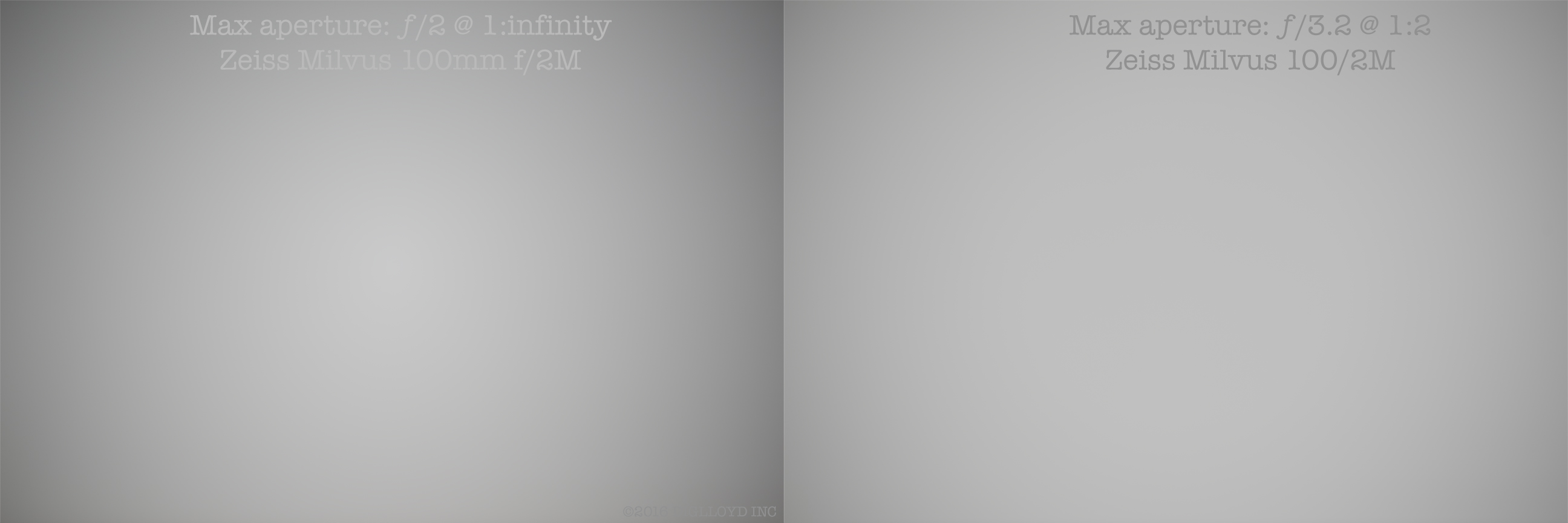
The Milvus 100/2M maintains remarkable contrast even stopped down to f/16 (an aperture where lenses often may not not hold up so well); see Ice Patterns at Sunrise. Performance stopped down is particularly important for macro work, where stopping well down is often necessary. Distortion is extremely low and and flatness of field (field curvature) is all but unrivalled. It is the combination of those characteristics plus outstanding corner to corner sharpness which makes the 100/2M a standout performer.
The 100/2M would be diminished in versatility it were only a close and medium range macro performer, but at infinity focus its performance not only is maintained, it may be at its best. It is also ideal for stitching panoramas due to its ultra-low distortion and absence of field curvature. Accordingly, the 100/2M is a terrific all-around telephoto lens doubling as a macro lens (or vice versa!), which makes it a long-term keeper. And in field use, the 100mm field of view is surprisingly different from 85mm and 135mm. On the camera, the Milvus 100/2M offers just right in size and balance on the camera: I always enjoy using it.
Milvus 100/2M: Ice Patterns at Sunrise
Just before the sun was about to strike the ice, a warm reflected sidelight was being cast into the ice. With just minutes to shoot before direct sunlight hit, I counted on the 100/2M to deliver high quality stopped down. The use of f/16 is never ideal: beyond diffraction which is always an issue at f/16, the increasingly collimated rays have the potential to interact with the sensor (reflections), dropping lens contrast. Happily, the 100/2M maintains high contrast through f/16.
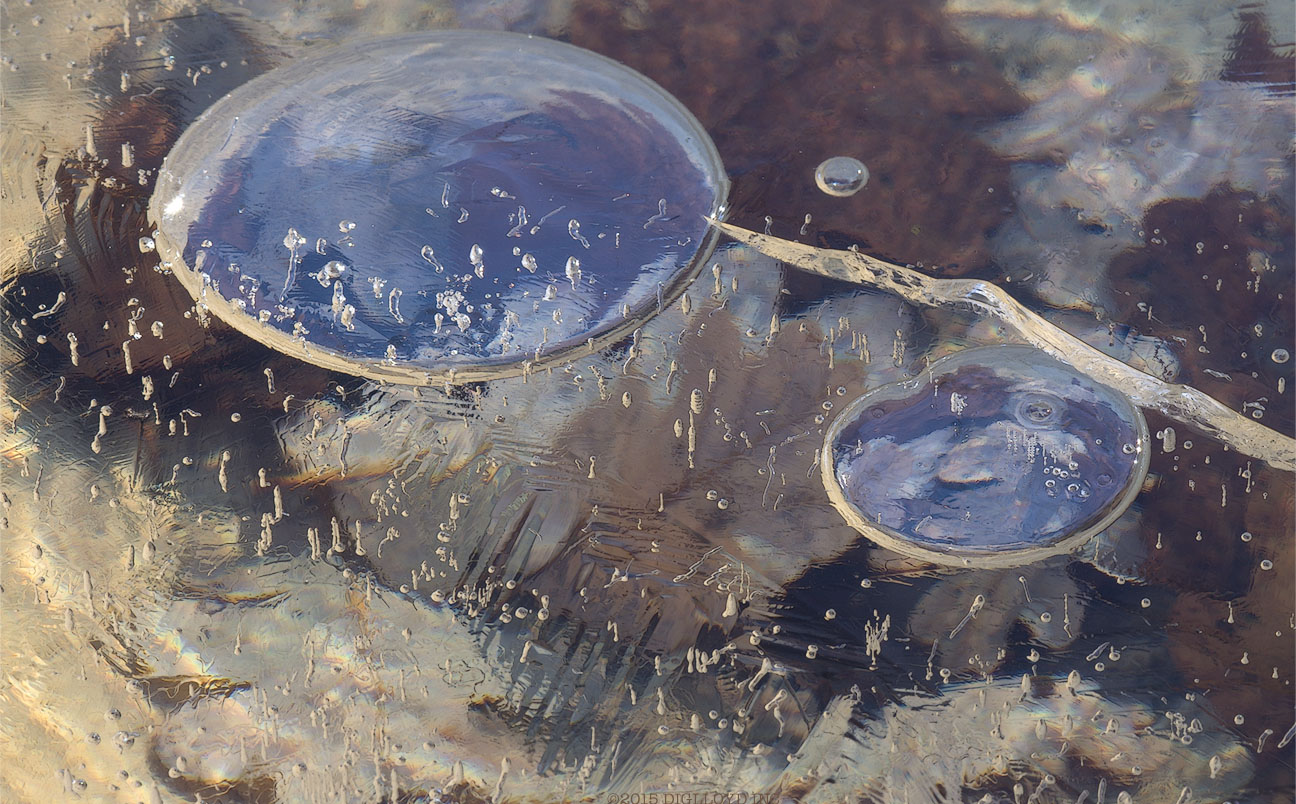
NIKON D810 + Zeiss Milvus 100mm f/2M
[low-res image for bot]
Milvus 100/2M: Lone Horse in Snowstorm
Capturing this lone horse in its remote and harsh environment was my goal here, so 100mm was perfect, 85mm too short, 135mm too long; at 135mm or longer, the contour of the mountains in the background would have been lost. The high native lens contrast of the Milvus 100/2 makes for a persuasive image in this extremely low contrast blue lighting, even with the telephoto compression effect in a snowstorm that was “thick” to the naked eye.
The Milvus 100/2 has a fairly deep lens hood that is effective at keeping out most blowing snow, though some accumulated at hood bottom facing about 45° to the wind here. Let the lens cool before uncapping the lens if coming from a warm car, so that blowing now does not melt upon contact.
This loner equus has ranged here with equanimity for at least four years, a robust individual given its nonchalant grazing at 10,500' elevation in early winter in a cold snowstorm! The mule deer have already descended into warmer valleys to the east where gentler conditions and richer pastures are found.
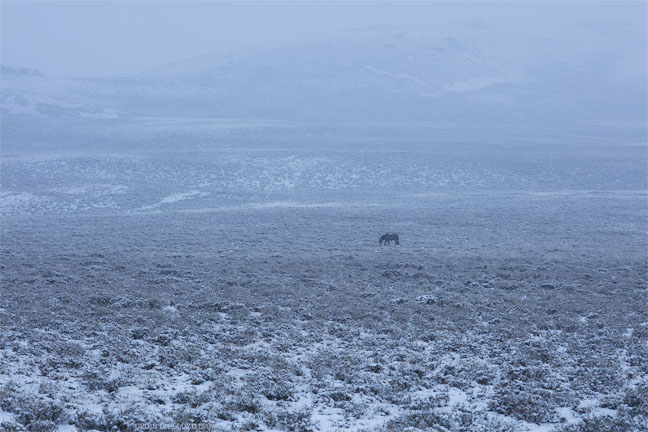
Canon EOS 5DS R + Zeiss Milvus 100mm f/2M
[low-res image for bot]
Milvus 100/2M: Hole in the Clouds, Dawn
The Milvus 100/2M delivers a razor sharp image across the frame wide open at f/2 even on a 50-megapixel sensor, as seen in Hole in the Clouds, Dawn. While there is slight veiling flare shot into a scene like this, much of the flare is due to some intervening exhaust condensation in the air from the running vehicle (oops!). But I ended up preferring this version over the ones lacking the slight flare—serendipity. Indeed, the color is even more richly subtle when not clipped by the AdobeRGB color space required here for presentation.
For scenes like this, the risk of a slight autofocus error is relatively high, and at f/2 no error can be tolerated on 50-megapixel camera. With magnified Live View and the excellent focusing control, the focus can be nailed and then the image bracketed or repeated as conditions change (or pre-focused while one waits for just the right moment). I tend to favor Zeiss lenses in field work for that kind of glitch-free behavior.
At about 0°F, I’m glad my willpower got me out of the sleeping bag and tent this fine morning. The sun hid itself soon thereafter for the rest of the day. Chance favors the awake photographer.
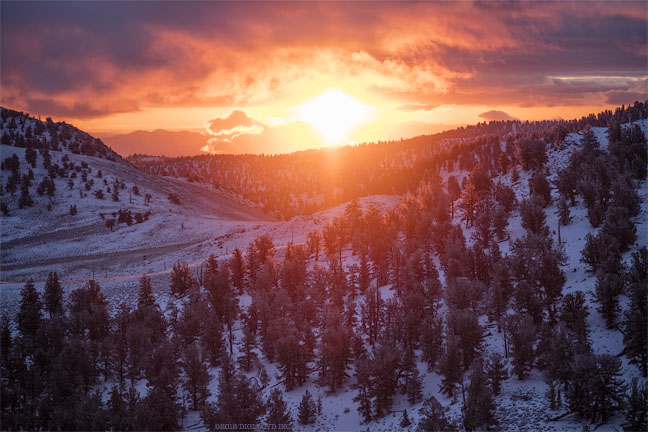
Canon EOS 5DS R + Zeiss Milvus 100mm f/2M
[low-res image for bot]
Milvus 100/2M: Hole in the Clouds Spotlights Bristlecone
The sun granted a minute or two of exposure to this ancient bristlecone sculpture, which is slowly weathering away. Often in areas like this, it is not possible to back up any farther, so the 100mm focal length fills in nicely between 85mm and 135mm.
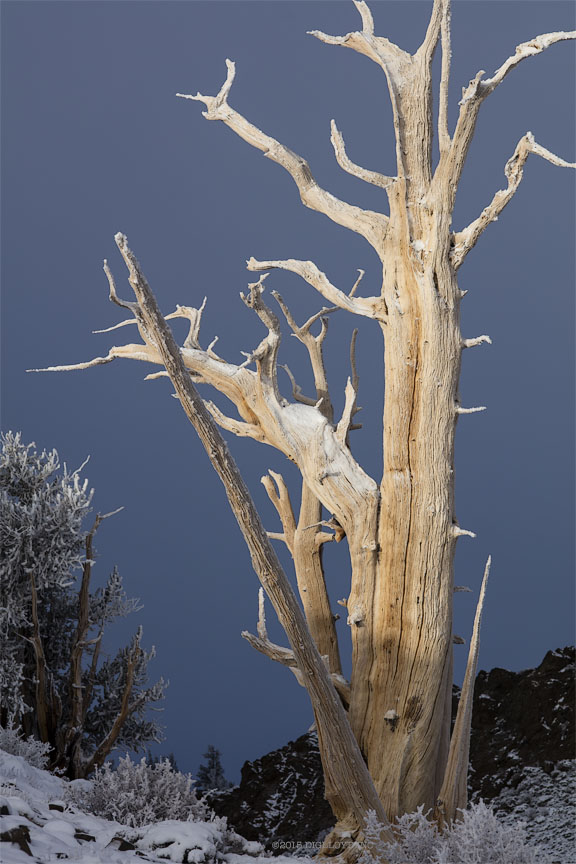
Canon EOS 5DS R + Zeiss Milvus 100mm f/2M
[low-res image for bot]
Macro metrics — The Milvus 50/2M discussion continues below. The 50/2M differs from the Milvus 100/2M in free working distance, depth of field and various other metrics. Not shown in the table: diagonal angle of view on full frame is twice the chief ray angle (object side, left figure in column), not acounting for any distortion.
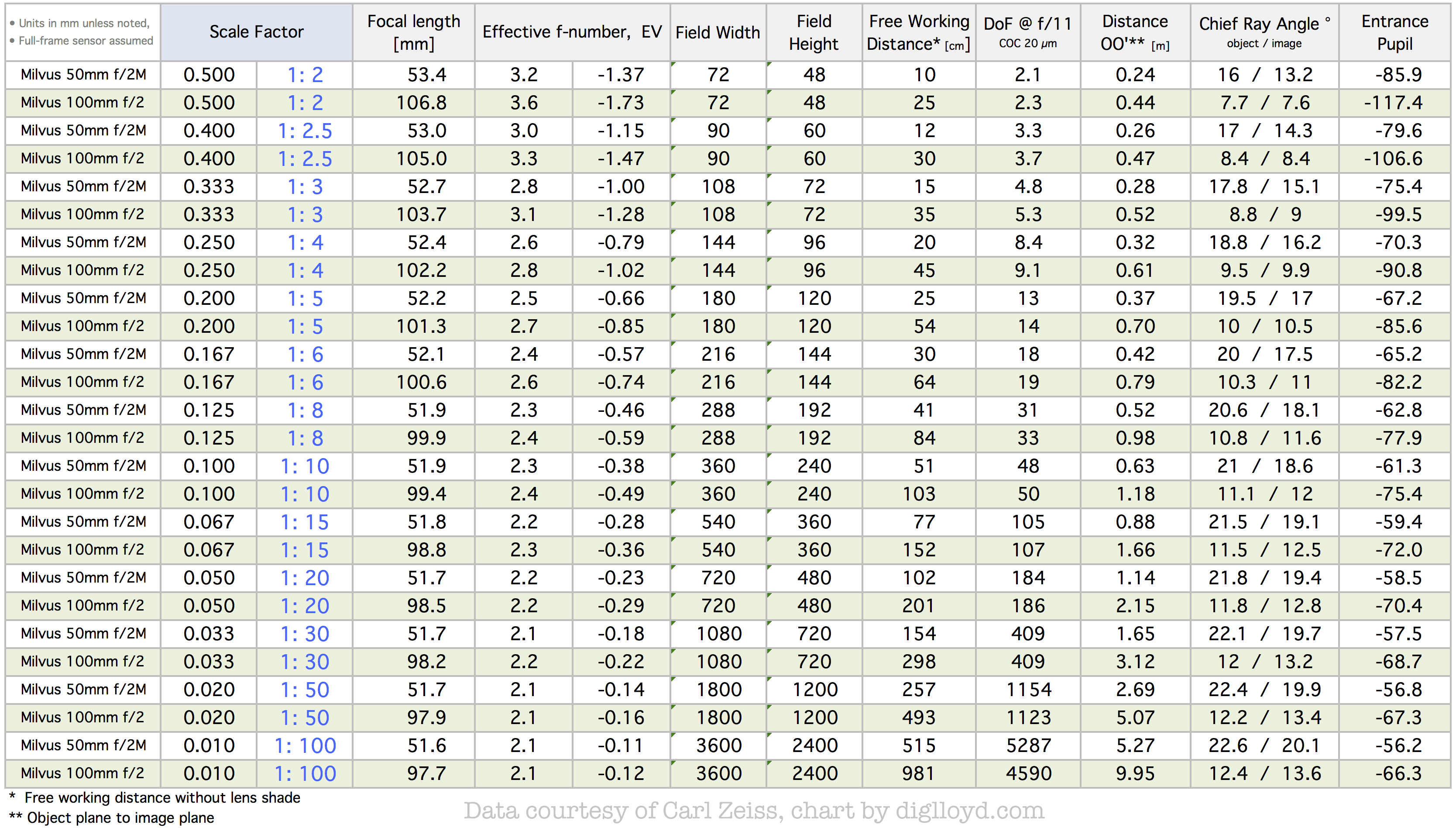
Milvus 50/2M: short macro and all-around normal lens
The Milvus 50/2M optical formula is the same as its 50/2 Makro-Planar predecessor but with improved lens coatings. Like the 100/2M, it focuses to 1:2 (half life size) but with a slightly brighter effective aperture of f/3.2, going from 51.6mm f/2 at infinity focus to 53.4mm f/3.2 at 1:2. Similar macro lens comments as with the 100/2M, so they are not repeated here. Free working distance at 1:2 magnification is ~10cm.
Size and heft are compact yet extremely solid. The Milvus 50/2M feels just right in my hands on the camera, and it balances nicely on any Canon or Nikon DSLR. Adapted to a Sony mirrorless camera it is slightly front heavy, but very enjoyable for deliberate tripod shooting. The front lens element is deeply recessed into the lens barrel, with the lens hood adding to that protection: the Milvus 50/2 front element is not likely to see rain or snow or other intrusions (the front element of Nikon’s 60mm f/2.8G is nearly flush to the filter threads).
The Milvus 50/2M exhibits the same high contrast characteristics as the 100/2M. Distortion is low and flatness of field is well controlled but like all 50mm lenses of f/1.4 - f/2 speed, it behaviors are not as “flatlined” as is the 100/2M. Choose it when high performance from macro to infinity is desired but with a wider angle of view. Angle of view steadily narrows as the 50/2M is focused more closely, from about 45° at 1:100 to about 32° at 1:2 (vs 25° / 16° for the 100/2M). For copy work or flat art work, the 100/2M is a better choice for lower distortion and greater working distance and flatter perspective.
Up to 64TB @ 12500 MB/sec!
Mac or PC.
Ideal for Lightroom, Photoshop, 8K video, data analysis, etc.
Milvus 50/2M: Colorful leaves after cold rainstorm and light frost
This image is at about 1:10. Working at close range like this, stopping down is mandatory for adequate depth of field, given the magnification and the 3D nature of the subject (these leaves are not flat). Moreover, it’s hard to be sure of camera to subject alignment in field shooting like this. The use of f/8 is a minimum here, but f/13 seals the deal. Around f/5.6, it approaches Otus-grade micro contrast, and contrast holds up extremely well even at f/13 - f/16.
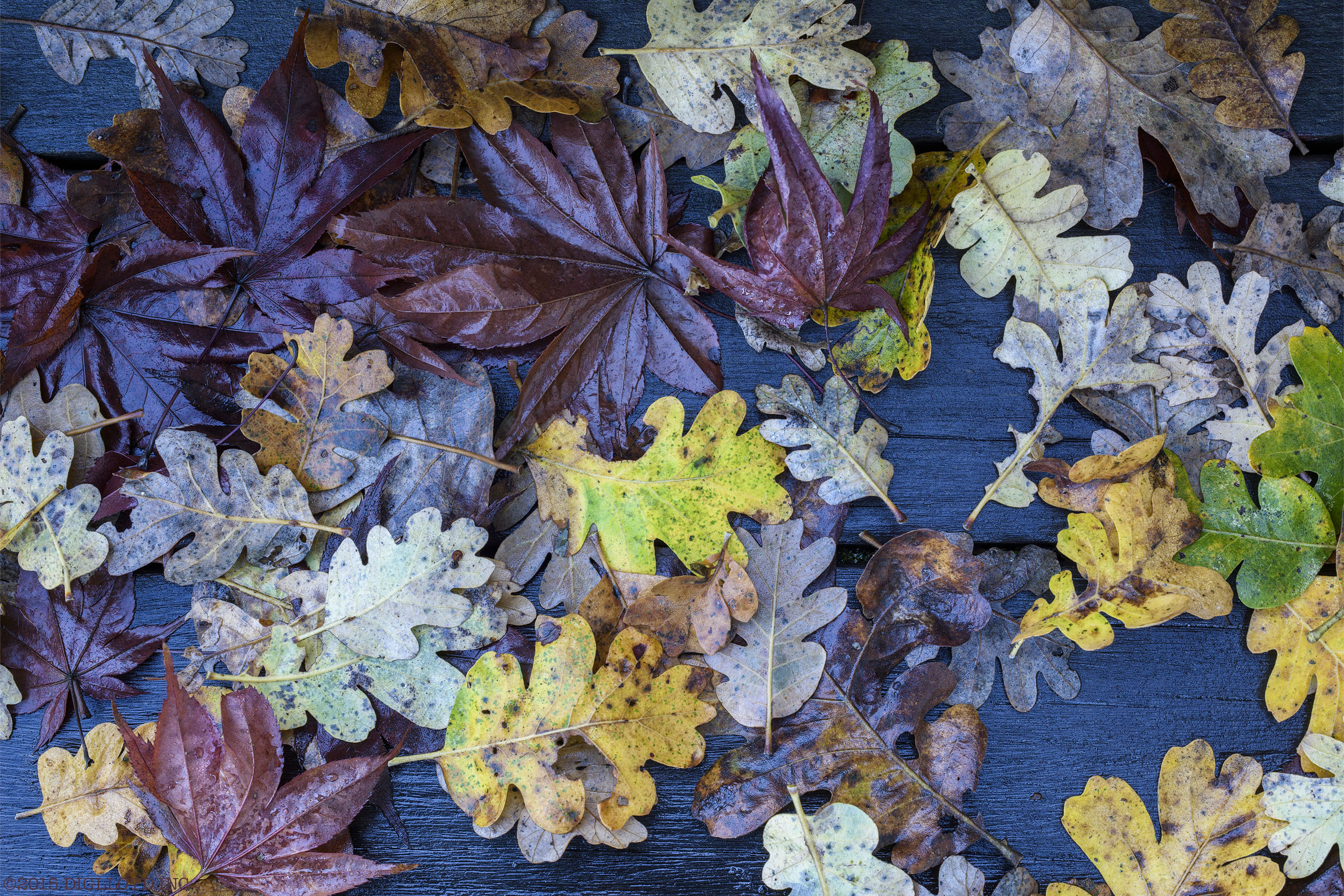
NIKON D810 + Zeiss Milvus 50mm f/2M
[low-res image for bot]
Milvus 50/2M: Freshly Cut Juniper Stump, Wetted by Rain
Working distance with a 50mm macro lens can be tight, but at 1:12 or so as here, it can make shots easier that could be more troublesome at 100mm—an awkward amount of distance to make the shot would have been needed in this situation with a 100mm. So the two lenses make a great pair to handle a range of situations and subjects, both for working distance (perspective) and tight situations (getting closer to avoid obstructions). The 50mm focal length renders images with more of a feeling of depth perspective than 100mm, because at the same magnification as the Milvus 100/2M its perspective is stronger (perspective is a function of distance to the subject). Here this is useful in having cut stump stand out a bit more versus its roots.
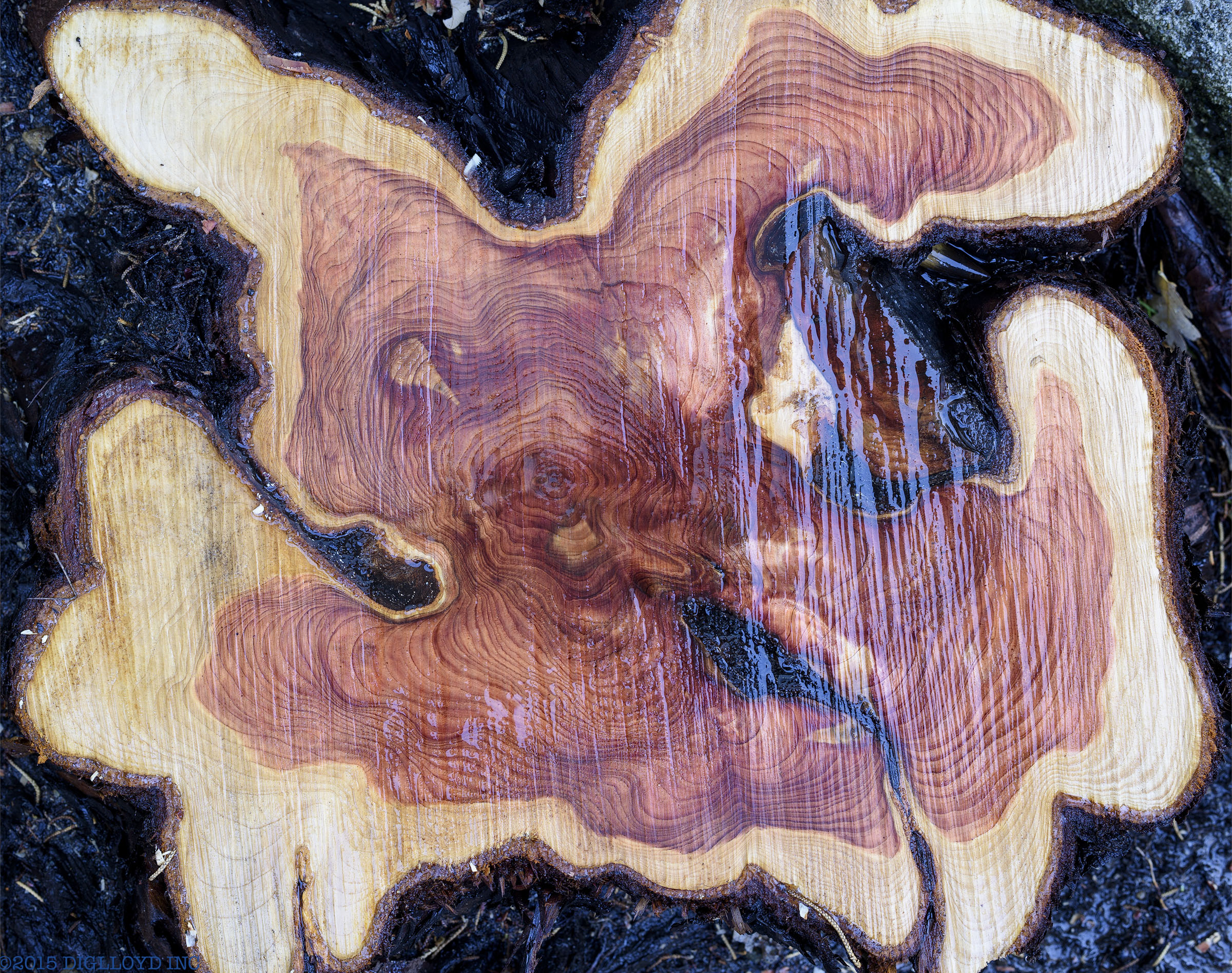
NIKON D810 + Zeiss Milvus 50mm f/2M
[low-res image for bot]
Milvus 50/2M: Delicate December Manzanita Flowers
The all spherical optical design (no aspheric elements) of the Milvus 50/2M tends to cancel out most aberrations and as a result, bokeh is gorgeous at every aperture. The Milvus 50/2M is also razor sharp (approaching Zeiss Otus sharpness by f/4 - f/5.6) over much of the frame. Here, the wider field of view of a 50mm lens allowed some background flower clusters to be included; use of the Milvus 100/2M in this situation would have narrowed the angle of view and flattened the perspective; I wished to emphasize the foreground flower cluster while keeping a somewhat wider angle of view that included the background clusters.
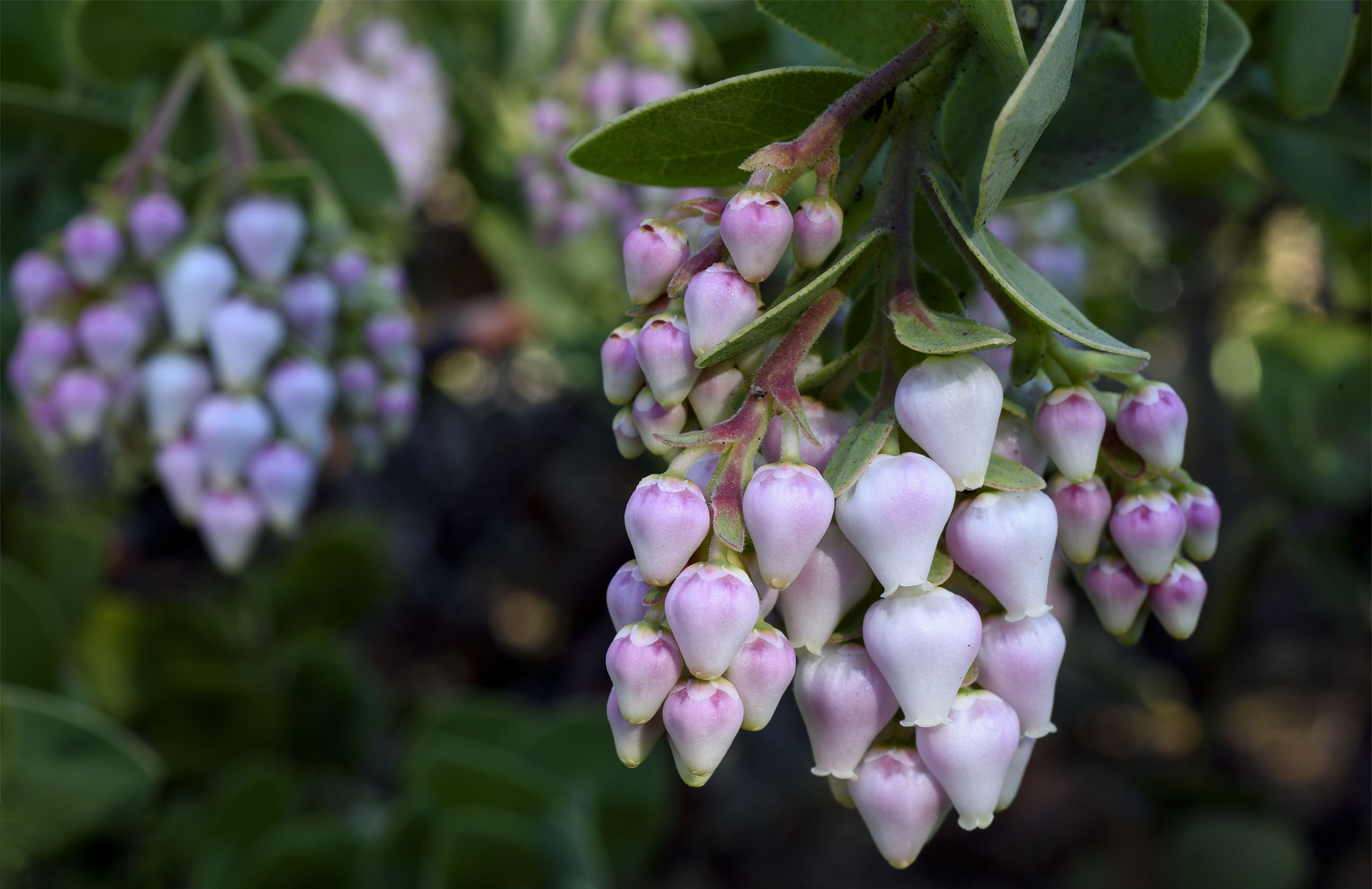
NIKON D810 + Zeiss Milvus 50mm f/2M
[low-res image for bot]
Milvus 50/2M: hairy leaves and ice crystals
Razor sharp down to sensor resolution where depth of field has allowed.

NIKON D810 + Zeiss Milvus 50mm f/2M
[low-res image for bot]
Milvus 50/2M: Morning Sun Defrosts Yellow Oak Leaf
High contrast and crisp detail and richly saturated colors are hallmarks of the Milvus 50/2M at every focusing distance, from 1:2 as here to infinity focus. The main trick when working this close is lighting. Here the use of a low December morning sun strafing the leaf allowed the lens to be very close without shadows. In other lighting conditions, the greater working distance of the 100/2M can be helpful, to avoid shading the subject.

NIKON D810 + Zeiss Milvus 50mm f/2M
[low-res image for bot]
Milvus 50/2M: Yellows and blues
The Milvus 50/2M delivers high contrast and richly saturated color.

NIKON D810 + Zeiss Milvus 50mm f/2M
[low-res image for bot]
Zeiss Milvus 35/2: compact performer
The Milvus 35/2 is optically unchanged versus its ZE/ZF.2 35mm f/2 Distagon predecessor. Its f/2 speed and classic Distagon design yield a total effect that yields pleasing images for all sorts of field shooting. Part of that is the moderate vignetting at f/2 and f/2.8 (a feature, not a bug!). Size and weight place it as the smallest of the line as of early 2016. Because it is an all-spherical design, its bokeh tends to be quite pleasing. It makes an excellent companion to the Milvus 21/2.8 and/or 50/2M.
Milvus 35/2: Bristlecone Sculpture in Patriarch Grove, Late Dusk
At f/2, the Milvus 35/2 delivers very good sharpness, moderate contrast and moderate vignetting with the eye drawn to the center of the frame—perfect for this kind of bristlecone pine portrait. The visual impact is a total effect and that is what lenses are best chosen for: effect. Stopping down brings very high performance.
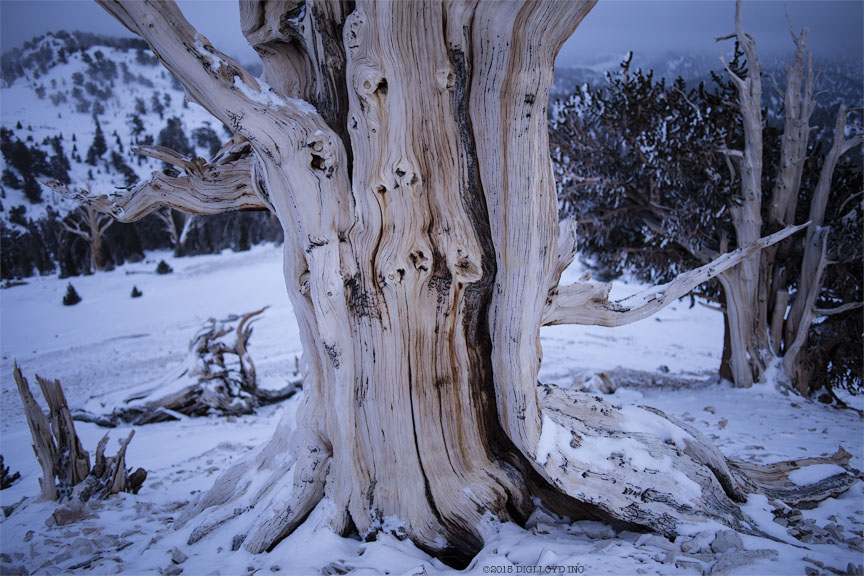
Canon EOS 5DS R + Zeiss Milvus 2/35 ZE @ 35mm
[low-res image for bot]
Milvus 35/2: Rotten Fir Killed by Beaver (pond)
The use of the Milvus 35mm f/2 affords a moderately wide but not too wide angle of view: a strong central subject with a substantial context. Had this scene been shot with the Milvus 21/2.8, too much snow and bright sky would have made the image much more difficult to compose. At 50mm, too little context. Observe that for 35mm at f/6.3, shooting at this range still offers a clean separation of a razor-sharp subject versus a moderately blurred background, which makes for a more compelling image versus stopping down too much, or the softness of stopping down too little.
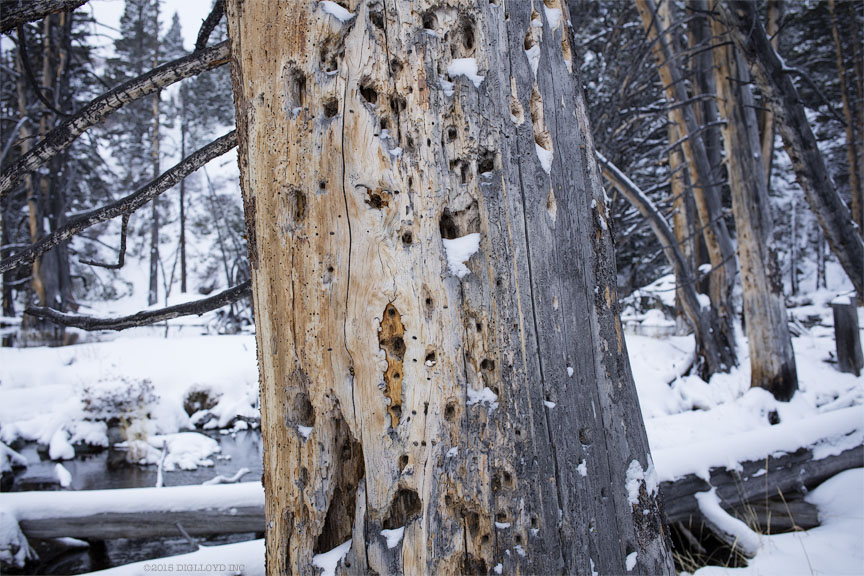
Canon EOS 5DS R + Zeiss Milvus 2/35 ZE @ 35mm
[low-res image for bot]
Milvus 35/2: Deep Springs
The Milvus 35/2 holds extreme contrast well; for this image, the highlights were greatly pulled down and shadows boosted in order to tame the contrast range before converting to black and white. The Milvus 35/2 has not allowed the dark areas to veil in spite of the very bright background.
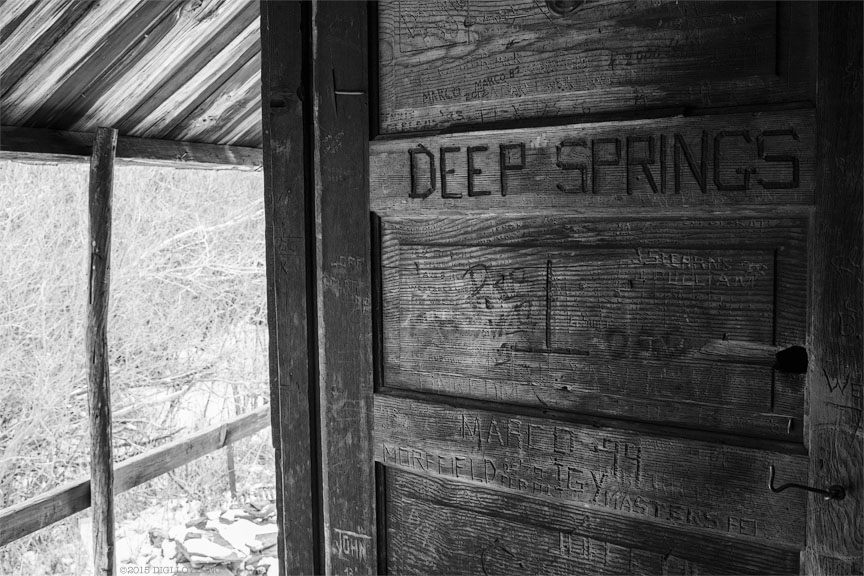
Canon EOS 5DS R + Zeiss Milvus 2/35 ZE @ 35mm
[low-res image for bot]
Milvus 35/2: Old Bristlecone View to Road Above Patriarch Grove, Late Dusk
Stopped down to f/9, the Milvus 35/2 delivers a finely detailed image even into the corners. Fine wood-grain details are crisply rendered even at 50 megapixels.
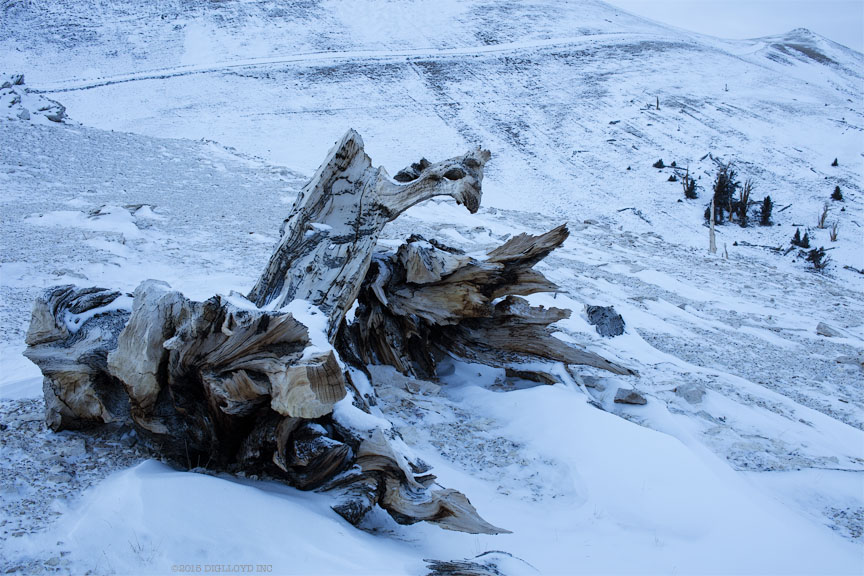
Canon EOS 5DS R + Zeiss Milvus 2/35 ZE @ 35mm
[low-res image for bot]
Milvus 35/2: Road above Patriarch Grove, in the Gloaming
Vignetting with the Milvus 35/2 at f/2 is a creative feature, not a bug. To the naked eye, this scene was cold and dark to the point of getting difficult to see. The lens vignetting contributes to the sense of approaching darkness, which was the desired effect; stopping down or correcting the vignetting would change the feel.
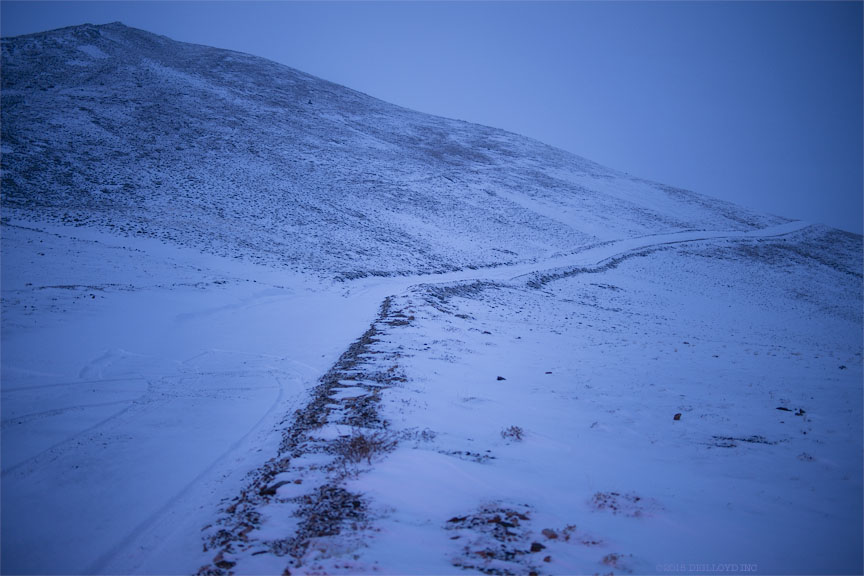
Canon EOS 5DS R + Zeiss Milvus 2/35 ZE @ 35mm
[low-res image for bot]
Milvus 35/2: Heading for Shelter at Late Dusk, as a Numbing Wind Hastens Return
The Milvus 35/2 offers still useful vignetting at f/2.8, with f/2.8 used here in part for the challenge of manual focusing with hands stiff with cold on a moving figure. Even though the scene is very low contrast in blue mountain light, the Milvus 35/2 records dark tones as dark (avoiding veiling halos), which is important to the dark figure at center, black rocks, etc.
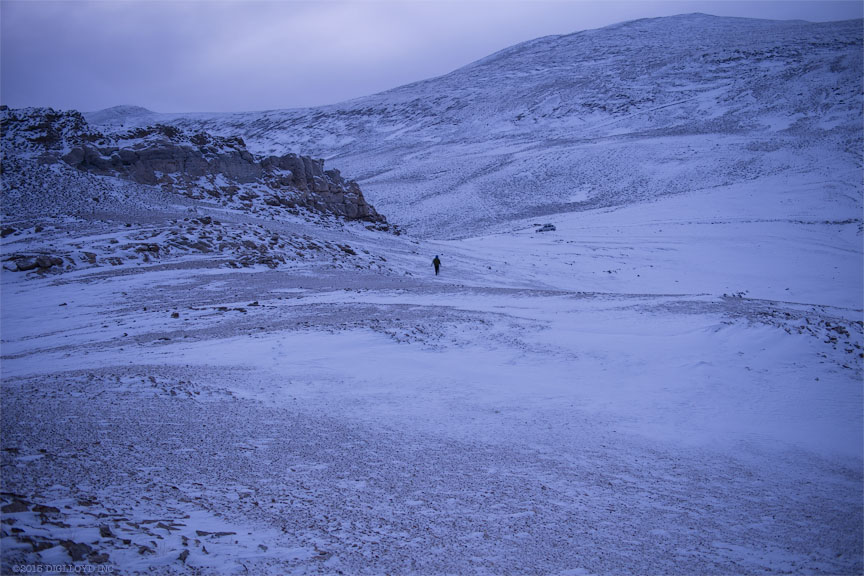
Canon EOS 5DS R + Zeiss Milvus 2/35 ZE @ 35mm
[low-res image for bot]
Zeiss Milvus 21/2.8: longtime favorite
The 21/2.8 Distagon has been a longtime favorite since its introduction in 2009 (ZF.2/ZE for Nikon/Canon). I doubted I could like it more, but the Milvus ergonomics make it feel even better in operation, and the improved lens coatings make a special lens even better. I am wont to shooting it at dusk wide open; there is something about its rendering style at f/2.8 that stands out distinctly from other lenses in that range. It is very sharp and contrasty wide open (already optimal in central areas at f/2.8), albeit with some field curvature as with all wides.
The Milvus 21/2.8 has significantly improved lens coatings over its ZF.2/ZE predecessor. These improved coatings greatly reduce red/orange “coronal flare” when shooting in extreme conditions, like the sun in the frame with deep shadows elsewhere. The Milvus 21/2.8 lens coatings also reduce the tendency to a cyan color cast in the outer zones that is seen with the ZF.2/ZE 21/2.8 Distagon (such as on snow scenes).
Many fine images were shot on a trip just prior using the ZE 21/2.8 predecessor and thus are not shown here; for just a few examples, see Blue Dusk Settles On Lundy Beaver Pond and Warm and Sunny Follows Cold Snow. The Milvus 21/2.8 only improves up on its predecessor.
Milvus 21/2.8: Low Early Winter Sun Over Mountains
Very difficult lighting can be accommodates a here: sun in the frame with deep shadows. What little flare there is results from diffraction—unavoidable.
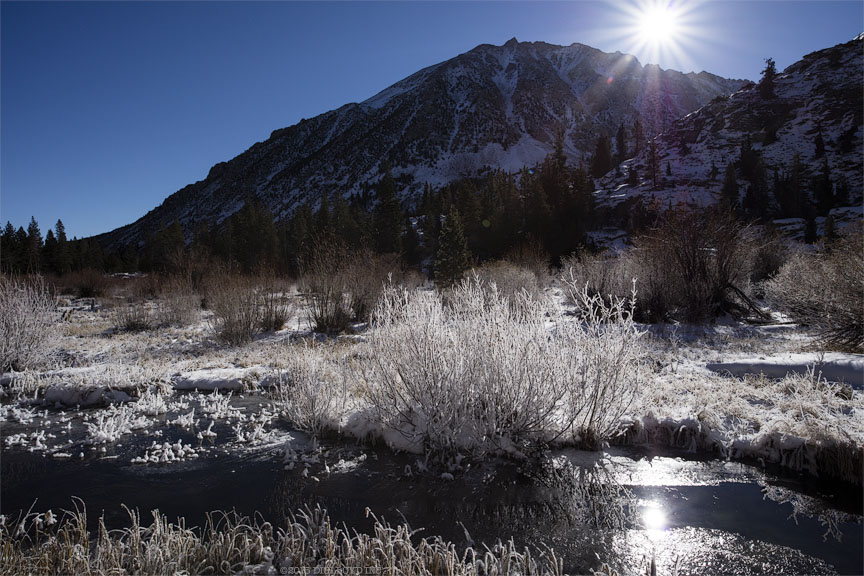
Canon EOS 5DS R + Zeiss Milvus 2.8/21 ZE @ 21mm
[low-res image for bot]
Milvus 21/2.8: Sunstar through Bristlecone
The Milvus 21/2.8 delivers outstanding contrast from deep rich blacks to bright highlights; this image had its shadows boosted, made possible by the superb lens contrast (no veiling in dark areas even with a big shadow boost). The Milvus 21/2.8 develops crisp 18-point sunstars from its 9-blade aperture.
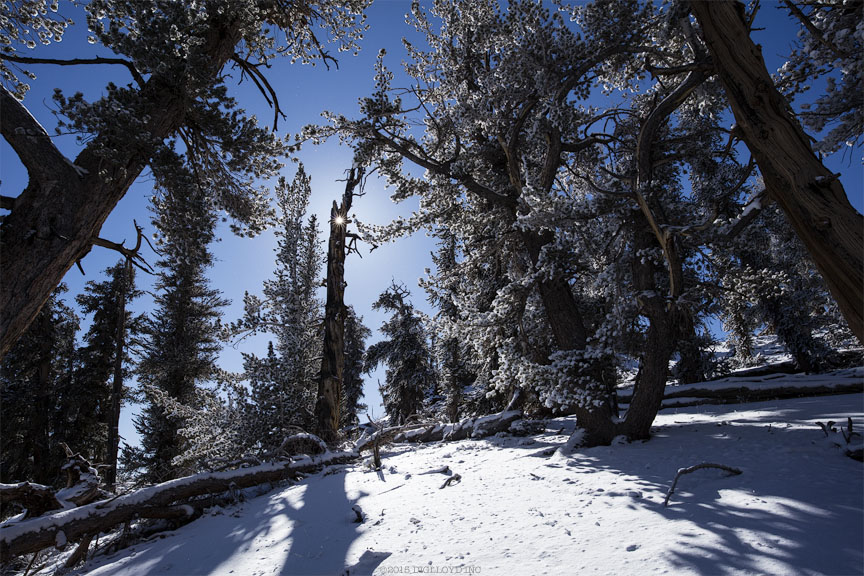
Canon EOS 5DS R + Zeiss Milvus 2.8/21 ZE @ 21mm
[low-res image for bot]
Conclusions
One way to choose a lens is by raw performance, and the Zeiss Milvus line delivers in that regard. Yet a lens is the sum of all its optical characteristics and for the final image it is total visual impact that matters. This is why Zeiss lenses appeal, and all four of these Milvus lenses deliver the goods. Choosing them necessarily involves personal reactions to the imaging style, as well as practical factors like manual focus vs autofocus, the Milvus line being all manual focus. Over my years of use, the Zeiss DSLR lenses are the lenses I keep coming back to for all my time in the field with Nikon and Canon, and the Milvus line only improves upon that.
Lloyd’s photography blog is covers many brands, lenses, cameras. In-depth review coverage of the Zeiss Milvus lenses and their ZF.2/ZE predecessors is found in Guide to Zeiss. By subscription.
Seagate 22TB IronWolf Pro 7200 rpm SATA III 3.5" Internal NAS HDD (CMR)
SAVE $100


















